The best known place in Shikoku to photograph the Milky Way is the Shikoku Karst. Perhaps I am just unaware of it, but Shikoku Karst is still a stargazing spot that Shikoku can be proud of.
However, the weak points of Shikoku Karst are that it is closed in winter (generally closed from late November to mid-March) due to its high altitude (1,400m), that it takes about 2 hours from Matsuyama City, and that the weather in the mountains is very changeable, so even if the weather is clear at the foot of the mountain, it may be cloudy or foggy at the Shikoku Karst, so you may not be able to see the stars. Even if the weather at the foot of the mountain is clear, the Shikoku Karst is sometimes cloudy or foggy, so you may not be able to see the starry sky.
Even if the sky is not as beautiful as the Shikoku Karst, I have been exploring places where I can easily see and photograph the starry sky.。
This refers to the parking lot at the foot of the ropeway in Kanonji City, Kagawa Prefecture, not Unpenji Temple on the border of Kagawa and Tokushima Prefectures, which can be reached in about an hour from Takamatsu City as long as you have a car.
In terms of the starry sky, the south side is a little difficult to see because of the mountains, but the other three directions are quite open. However, the north side is in the direction of the city, so it will be a little brighter if you point the camera toward the ground side. The Milky Way is only faintly visible to the naked eye, so of course it is possible to photograph it.
Picture
The Blue Train “Naha” and “Seto,” which were sleeper trains once operated by the Japan National Railways and its successor, the JR Group, are stored in the Unpenji parking lot. Currently, it has been renovated as a guest house, so it is possible to stay there. In fact, I have seen the interior lights shining brightly only once when I went there several times to take pictures.
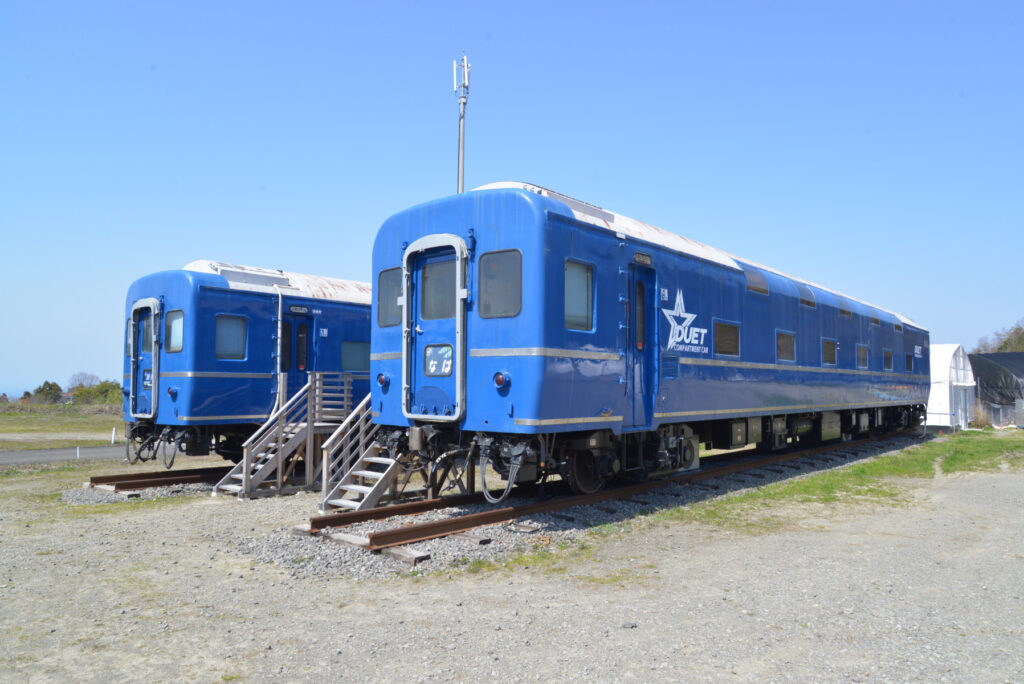
When you take a picture with this train in the background, it looks like a train running under the stars, as shown in the top image. This is an advantage of the Unpeji parking lot that is not found in the Shikoku Karst.
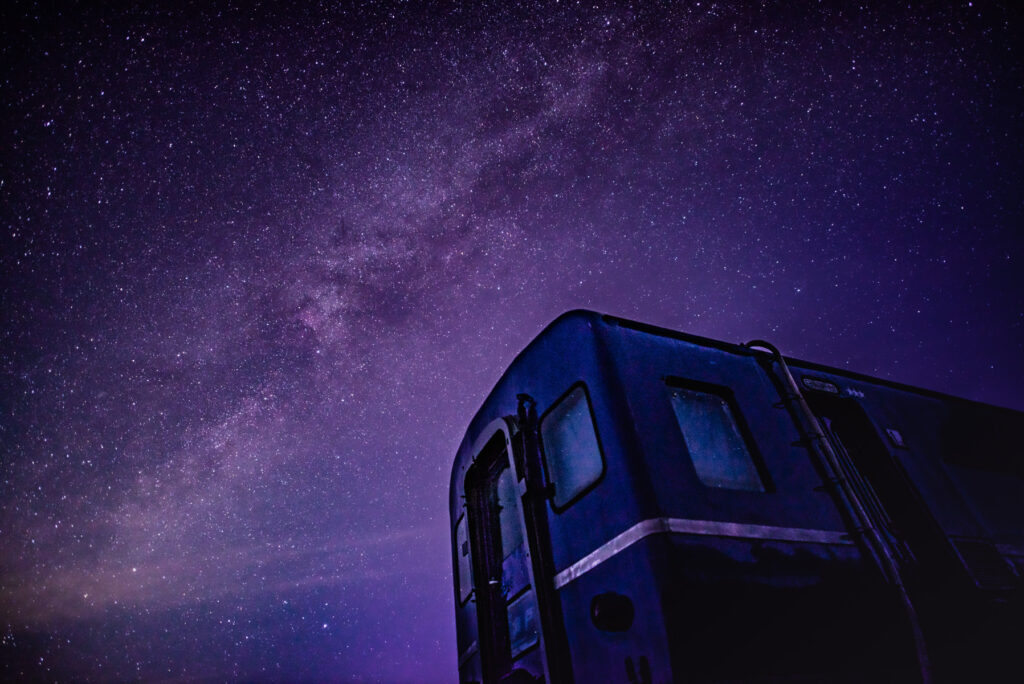

However, as mentioned above, the weak point of Unpenji is that the ground side is bright. Therefore, even if you want to photograph the starry sky with the Blue Train, you need to be creative if you put the lower side of the enclosure in the angle of view, because it will be bright like evening even in the middle of the night. I don’t know such a noble device, so I always don’t take pictures of the ground side.
The starry sky is observable with the naked eye. It is enough to view the constellations. The Milky Way can also be captured perfectly.
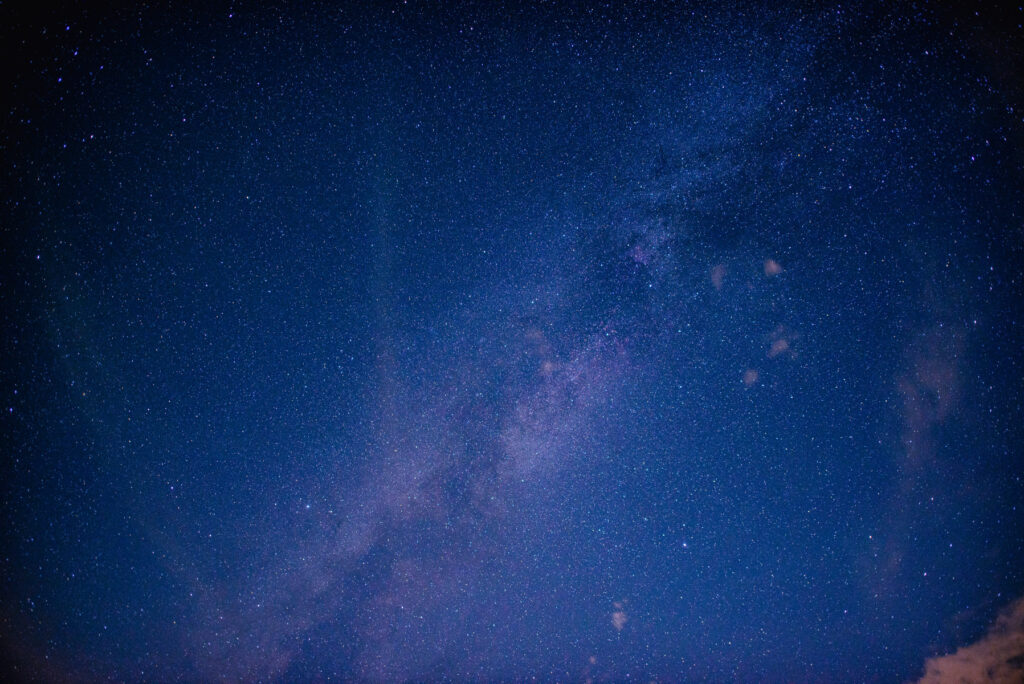
The easy accessibility means that you can also visit on a whim when you remember some celestial event, such as the Perseid meteor shower in August, when I found out that I could see the meteor shower in the evening of the same day because I did not always check such events, so I hurriedly packed my gear and headed over there. Here is a place where you can go even on such a spur-of-the-moment basis.
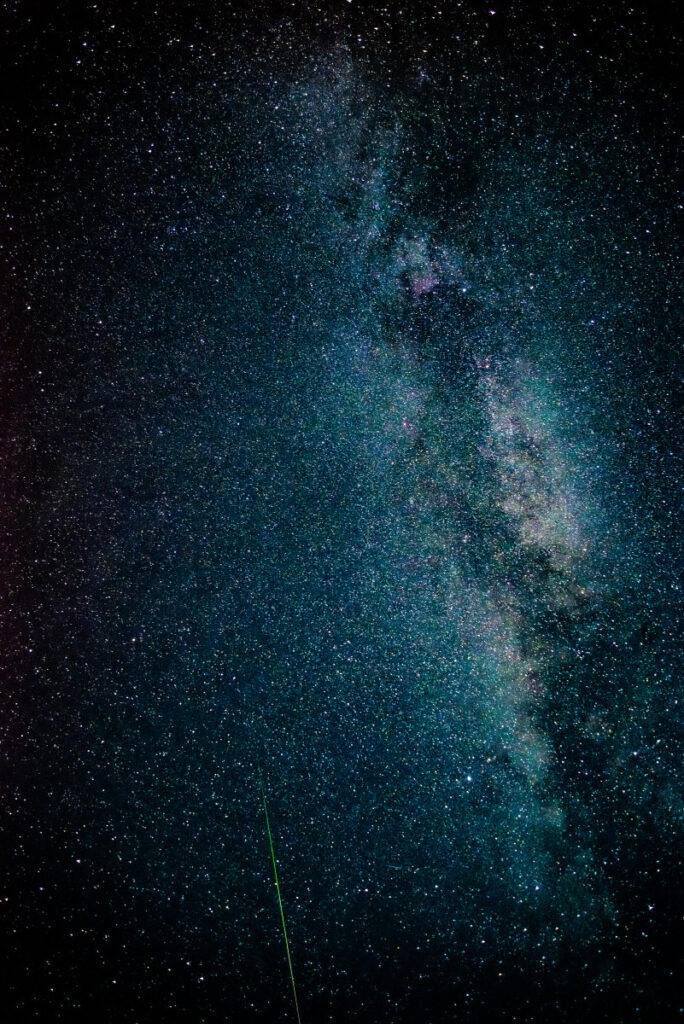
If there are other good locations, I will keep introducing them to you. Let’s take starry sky photos at the parking lot of Unpenji Temple!
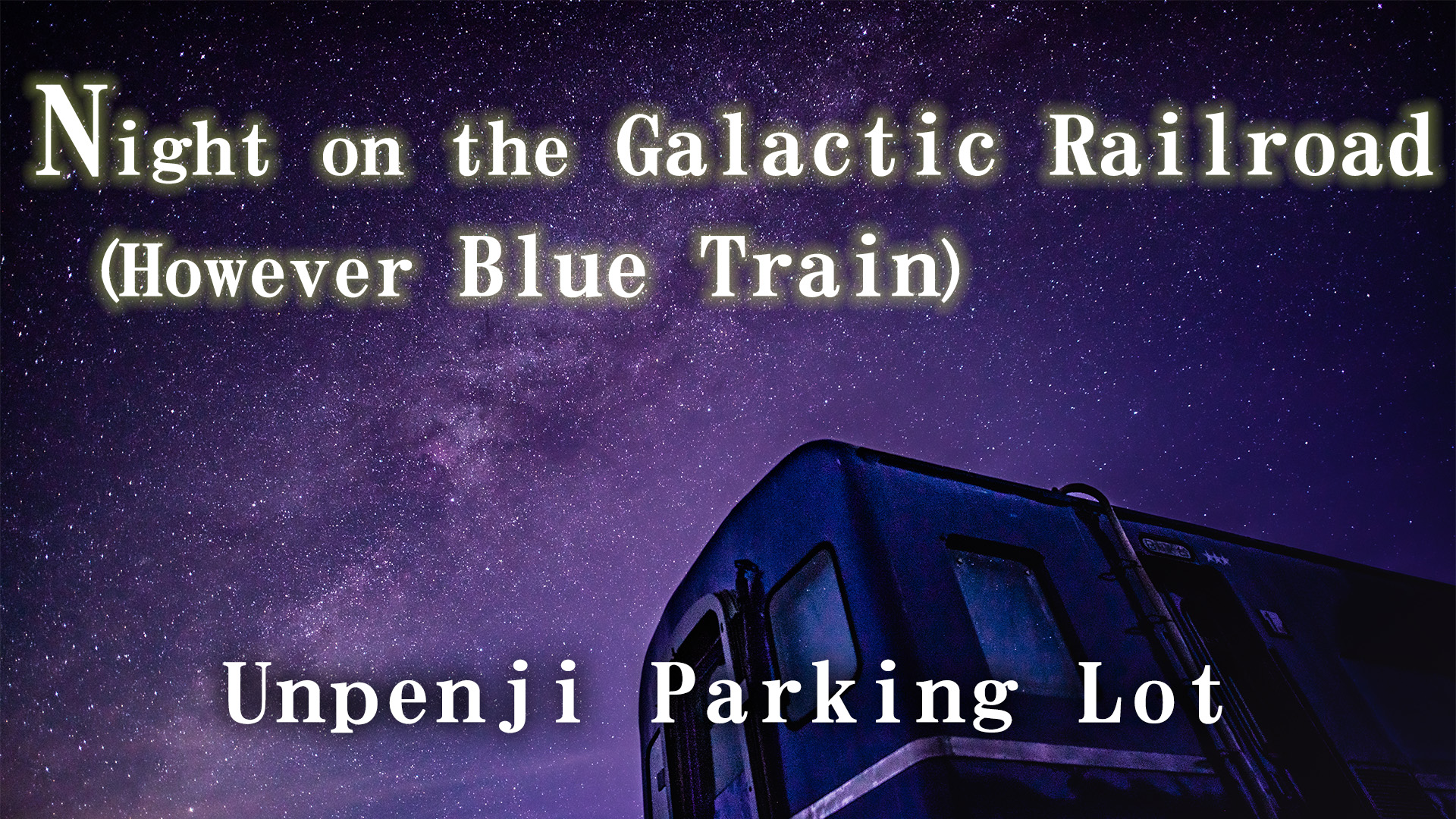
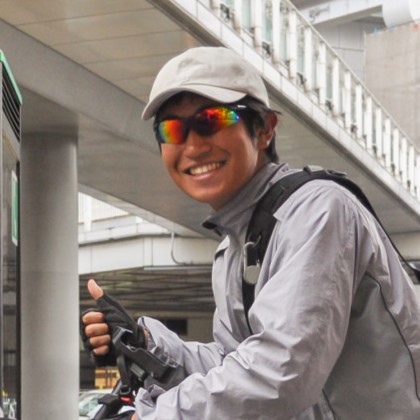
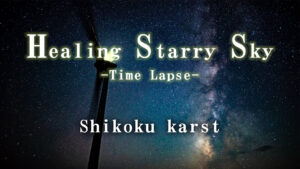
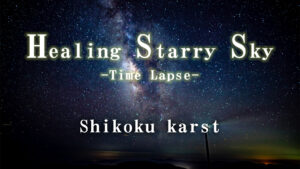
Comments